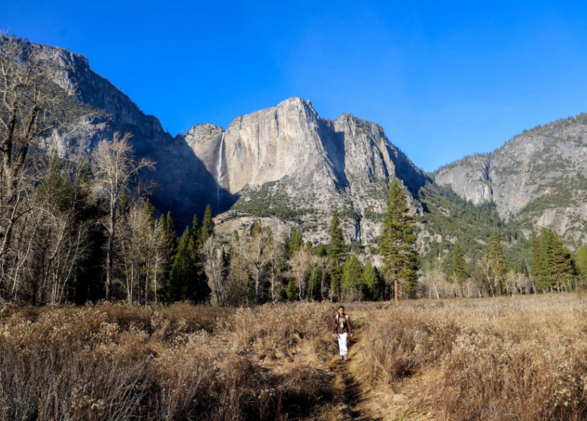Women in Science: Dottie Metcalf-Lindenberger
NatureBridge Olympic board member Dottie M. Metcalf-Lindenburger is a role model for not just girls in science, but all young people. As an Earth scientist, environmental consultant, former NASA astronaut and high school science and astronomy teacher; Dottie has continuously demonstrated how to overcome systemic obstacles and reach for the stars—literally.
Growing up in the wide-open expanse of Loveland, Colorado, Dottie was quite familiar with clear night skies and knew several of the constellations from a young age. Her parents—a math teacher and a science teacher—often took Dottie and her sister to the planetarium in Denver. Space exploration was continuing to explode during her youth and she wanted to be a part of it.
After a trip to Space Camp in junior high, Dottie knew she had to continue pursuing math and science to follow her dreams. However, it was the 1980s and the opportunities for females in science were still limited.
At one point, she considered joining the Air Force Academy, but women still weren’t flying as fighter pilots at the time. It wouldn’t be until almost two decades later, in 2003, that the Air Force changed its policy to allow women to serve as fighter and bomber pilots.
“There were already limitations and determinations about what women could and couldn’t do,” said Dottie.
In college, she was turned down for a research project because she was female. The project was taking place in Pakistan and the school had determined it was not safe for women to travel there at the time.
“I said, well, how can you offer a project that only 50% of your students can even apply to? That’s not fair for research,” recalled Dottie. “And so they took that into consideration and the next year, they changed the policy.”
It was a female student in the cohort year behind her that was able to go. “It felt good, but it also felt disheartening that we were in the 1990's and still limiting what women were able to do.”
When you allow women and minorities to be represented, we continue to come in great numbers and contribute at high levels. We’re seeing that so much more now—and that’s one of the biggest things we do at NatureBridge, we try to get all kids outdoors.Dottie Metcalf-Lindenberger
However, none of those obstacles stopped her from pursuing her passion for science and aerospace. In April 2010, Dottie—along with three other astronauts—set the record for the most females in space at one time.
The journey to space began in a rather unconventional way. Though the thought of working for NASA had captivated Dottie since she was young, her career led her to teaching. In the early 2000s, Dottie was teaching high school earth science and astronomy. One day during a lesson, a student asked how one would go to the bathroom in space. The question led Dottie to NASA’s website, where she found a call for educators to apply to the space program.
In April 2003, she applied. And a year later she was asked to join the 2004 class.
“It was hard, it was exciting… it was incredibly rewarding,” she said of the space program. “I was so thrilled to be selected among such amazing people in my cohort.”
Dottie moved from Washington to Texas for the job. The job was all encompassing and she put in many long days and weekends during the early years. Dottie even built herself a model of the cockpit just so that she could practice and memorize where all of the switches and circuit breakers were located.
In 2008 she was finally selected to be a part of a crew. They trained really hard for a year and a half. And on April 5, 2010, Dottie and her crew of four men and three other women took off for the International Space Station—an experience she’ll never forget, particularly the views of the earth from above.
I hope that girls continue to see science and the outdoors as not only a place to be inspired, to heal, to engage the mind and to challenge oneself, but also to see as a place to want to encourage the next generation to be a part of.Dottie Metcalf-Lindenberger
Today, Dottie is thrilled at the number of programs available for young women in science and the outdoors. The biggest thing that programs like NatureBridge provide is confidence.
“We’re starting to see these really targeted programs and that gives young women confidence to push themselves and do all this challenging work,” said Dottie. “I know it’s going to change their lives, and ours.”
“I give all kids this advice, not just young girls: Be curious. Don’t lose your curiosity. That’s the great thing about STEM and the outdoors, both of them still hold so many questions, there are so many things we still don’t know, so we can always remain curious.”

